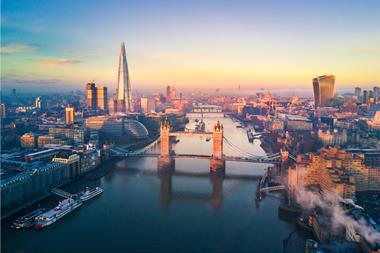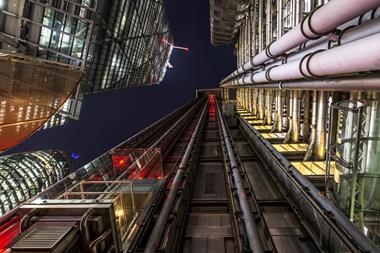Robert Stewart, of insurer Island Heritage, reveals that the insurance industry has changed since Hurricane Ivan
' As the waters have receded thoughts have turned to what implications the experience of Ivan will have for the future of insurance on Grand Cayman.
"The underwriting situation on the Cayman Islands has changed since the hurricane," says Island Heritage chief underwriting officer Robert Stewart. "It has been a total learning experience."
The knock-on effect is that premiums have doubled or more than doubled. "Premiums are higher and will remain higher for some time to come. Deductibles are higher as well, and there is less cover offered in flood risk areas. Even people who haven't made a claim are seeing their premiums double."
Ninety percent of Island Heritage's policyholders submitted claims - both for commercial and personal risks. "It was completely unprecedented. Some of those were below the deductible, but others were 60% or 70% loss, or a near total loss," says Stewart.
The rise in premiums has also been fed by the impact of Ivan on reinsurance rates in the Cayman Islands. "Reinsurance rates on catastrophe cover have increased dramatically," says Stewart.
There is one upside for the insurance industry. Stewart believes that the rise in premiums will encourage the take-up of premium finance throughout the islands.
"A property that costs CI$250,000 (£160,000) will cost about CI$5,000 (£3,200) to insure, so we will need to have premium financing."
The experience of Ivan will also force more people to buy insurance, predicts Stewart. "People won't be able to not buy insurance as the banks will force them to purchase some if they have a mortgage."
But on the flip side, Stewart says some people who already own their homes will choose not to buy cover due to the dramatic increase in premiums.
And there have been a lot more lessons learnt this time compared to the last hurricane to attack the island in 1988. "That wasn't a direct hit, so there were a lot of questions about how the island would fare, and how the insurance processes would stand up."
Much debate surrounded whether the island was going to be vulnerable to sea surges. "There is enough evidence now to show that the real problem here is flooding."
"We can no longer assume or be content that the island will survive a storm. Even a lesser storm that comes close to the island could do the same kind of flood damage.
"The whole perception of risk and exposure to storms and sea surges has changed. We now know they are going to do more damage than we ever thought before."
Part of the problem lies in the construction of the buildings. "The housing stock is not built for flood risk. Some of the houses are built only a foot or two above sea level."
The construction of the interior of most properties compounded the problem. "Unless it is a load-bearing wall, all the walls are made of sheet rock (plaster board)," says Stewart.
"If this gets wet it absorbs water like a sponge."
"It makes the damage that much worse and that much more difficult to repair. Some places had six or seven feet of water in them during the hurricane."
Coping with the aftermath of the storm is now winding down. By the end of last month the majority of Island Heritage's claims had been settled. But the company will start looking at how to cope with another event.
"We will be doing a lot of analysis of our reinsurance and claims policies over the next few months. We hope to have all our reinsurance in place but it will cost us a lot more than previously.
"We will have to look at the business we underwrite and some of the things we included as standard in our covers will have to be sold as an add-on.
"We are now underwriting for flood risks, and our perception of loss is that it will cause more damage if it happens again." IT





































